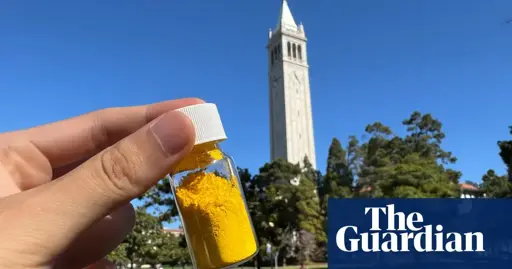- cross-posted to:
- [email protected]
- [email protected]
- cross-posted to:
- [email protected]
- [email protected]
Just half a pound of the stuff may remove as much carbon dioxide as a tree can, according to early tests. Once the carbon is absorbed by the powder, it can be released into safe storage or be used in industrial processes, like carbonizing drinks.
“This really addresses a major problem in the tech field, and it gives an opportunity now for us to scale it up and start using it,” says Omar Yaghi, a chemist at the University of California, Berkeley. It’s not the first material to absorb carbon, but “it’s a quantum leap ahead [of other compounds] in terms of the durability of the material”.



So what exactly does one do with it? How is it applied? The article says it could be used to carbonate drinks after absorbing enough carbon but also to build plants that produce carbon - I don’t think they’re going to use pieces of a wall to carbonate drinks.
I think they mean they would be used to scrub the exhaust of plants that use carbon. Like we already do with sulphur to prevent acid rain.
Huh. I didn’t know they used sulphur like that. Interesting!
I mean they have scrubbers to remove the sulphur in combustion products, the sulphur produces acid rain.
Oh. Okay, I know nothing about any of this. Makes me wish the article the article went into more detail even more.
It’s a climate win from a couple decades back
I am unfortunately old enough to remember being scared of acid rain, I just don’t know what exactly is being done in plants about it. But thank you :)
So once you’ve captured the co2, you turn it into fun bubbles that go into the atmosphere?
Seems like adding a lot of extra steps just to make bubbles.
Possibly put large carbon filters on ships?